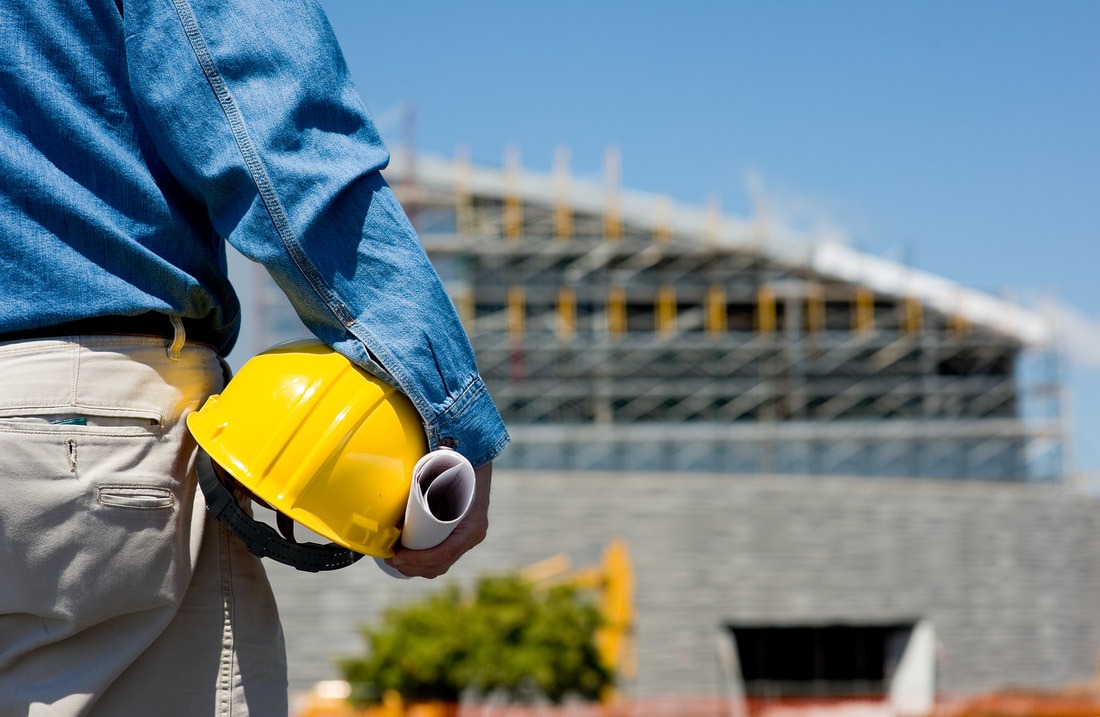As industries continue to grow and evolve, the need for responsible environmental management has become more critical than ever. Environmental sustainability and safety are closely tied together, making it essential for organizations to adopt strategies that prioritize both worker safety and environmental protection. One of the most effective ways to achieve this balance is through the implementation of Environmental Risk Assessment (ERA). By identifying potential environmental risks and implementing preventative measures, ERA is a vital tool that ensures industries protect both people and the planet. When paired with Industrial Safety Solutions, ERA not only mitigates risks but also creates a safer and more sustainable future for all.
The Importance of Environmental Risk Assessment in Modern Industry
Environmental Risk Assessment (ERA) plays an integral role in modern industries by identifying hazards that could potentially harm the environment or pose risks to workers. The goal of ERA is to analyze activities within an organization and evaluate the environmental impacts of each process. Whether it’s evaluating air and water pollution, waste management, or chemical exposure, ERA provides a comprehensive understanding of the risks involved.
Incorporating ERA into an organization’s safety protocols is essential for ensuring that environmental concerns are addressed alongside worker safety. With growing concerns about climate change and resource depletion, industries are under increasing pressure to minimize their environmental footprint. ERA allows organizations to be proactive in identifying these risks before they become major environmental hazards, thus ensuring compliance with environmental laws and regulations.
How Environmental Risk Assessment Enhances Industrial Safety Solutions
Industrial Safety Solutions are designed to protect workers by identifying, assessing, and mitigating hazards. When paired with Environmental Risk Assessment, these solutions are enhanced, as they offer a more comprehensive approach to safety. For example, a risk assessment might uncover environmental hazards, such as exposure to toxic substances or hazardous waste, which could also affect the safety of employees.
By integrating ERA into Industrial Safety Solutions, businesses can address both occupational and environmental safety simultaneously. These solutions enable industries to put in place preventative measures to reduce potential risks to human health and the surrounding ecosystem. Whether it’s through the use of safer materials, improved waste disposal methods, or better ventilation systems, Industrial Safety Solutions become more effective when they incorporate ERA into their risk management framework.

Reducing Environmental Impact Through ERA
One of the primary objectives of Environmental Risk Assessment is to reduce the environmental impact of industrial activities. Every industry, from manufacturing to construction, can have a negative effect on the environment if proper risk assessments are not carried out. ERA helps identify these risks early, enabling businesses to implement strategies that minimize or eliminate negative environmental effects.
For example, in manufacturing, a thorough ERA can highlight the risk of air pollution caused by the emission of volatile organic compounds (VOCs) from machinery or chemicals. By conducting an ERA, the company can take corrective actions, such as installing better filtration systems or replacing harmful chemicals with greener alternatives. In this way, ERA not only protects the environment but also helps businesses adopt more sustainable practices, contributing to a cleaner planet for future generations.
The Role of Environmental Risk Assessment in Regulatory Compliance
Regulatory compliance is a top priority for most industries, as failing to meet environmental standards can result in hefty fines, legal liabilities, and reputational damage. Environmental Risk Assessment helps businesses stay compliant with local, national, and international environmental regulations by systematically evaluating the risks of their operations.
Many regulatory bodies require industries to conduct periodic environmental assessments to ensure that they are operating in a manner that minimizes harm to the environment. By conducting regular ERA, companies can stay ahead of regulatory requirements, ensuring that they are always in line with the latest laws and standards. This proactive approach not only mitigates potential fines but also enhances the company’s reputation as an environmentally responsible organization.
Protecting People and the Planet Through Proactive Risk Management
Environmental Risk Assessment goes beyond just compliance—it is an essential tool for the proactive management of both environmental and occupational risks. By using ERA, companies can identify potential hazards that might not be immediately obvious, such as soil contamination from chemicals or groundwater pollution from industrial runoff. This early detection allows businesses to take corrective action long before these risks escalate into more significant problems.
In terms of protecting people, ERA enables organizations to recognize how environmental hazards may impact worker health. For example, exposure to chemicals or toxic substances may not only affect the environment but also put workers at risk of serious health issues. By conducting a thorough ERA, companies can develop safety measures such as proper ventilation, personal protective equipment (PPE), and safe handling procedures to reduce risks to human health.
Enhancing Community Safety Through Environmental Risk Assessment
While ERA primarily focuses on protecting workers and the environment within the industrial facility, its benefits extend beyond the workplace. Environmental risks can have far-reaching effects on the surrounding community, affecting air quality, water supply, and public health. A comprehensive ERA identifies these risks and provides the framework for industries to mitigate their environmental impact on neighboring communities.
By conducting ERA and implementing the necessary safety measures, companies can minimize the likelihood of incidents that might affect the community, such as chemical spills, air pollution, or water contamination. This proactive approach helps industries gain the trust and support of the communities in which they operate, contributing to long-term sustainability and positive relationships with local stakeholders.
The Integration of ERA in Continuous Improvement Processes
Environmental Risk Assessment is not a one-time task but an ongoing process that should be integrated into an organization’s continuous improvement efforts. As industries evolve, so too do the risks associated with their operations. New technologies, products, or processes can introduce unforeseen environmental hazards that must be addressed through updated risk assessments.
By regularly reviewing and updating their ERA processes, businesses can ensure that they remain vigilant in identifying new risks and implementing corrective measures. This continuous cycle of assessment and improvement aligns well with the principles of Industrial Safety Solutions, which focus on long-term risk reduction and worker safety. Through this iterative approach, companies can create safer, more sustainable workplaces that continually adapt to changing environmental challenges.
The Future of Environmental Risk Assessment and Industrial Safety Solutions
Looking forward, the role of Environmental Risk Assessment will only grow in importance as industries face increasing pressure to reduce their environmental impact and improve worker safety. As technologies continue to advance, ERA will likely become more data-driven, with the use of AI, machine learning, and sensors to provide real-time risk assessments and predictive analytics. These technologies will allow industries to respond more swiftly and effectively to emerging environmental and safety concerns.
Additionally, the integration of Environmental Risk Assessment into Industrial Safety Solutions will become even more seamless, creating a more cohesive approach to managing both environmental and occupational risks. By leveraging cutting-edge technologies and adopting a proactive stance toward risk management, industries can contribute to the protection of both people and the planet.
Conclusion
In conclusion, Environmental Risk Assessment is a critical tool in protecting both the environment and the workforce. By identifying and addressing potential risks before they become significant hazards, ERA allows industries to operate more responsibly and sustainably. When combined with Industrial Safety Solutions, ERA enhances the overall safety management process, ensuring that businesses not only meet regulatory requirements but also promote the well-being of their workers and the planet. As industries continue to evolve, ERA will remain a key element in driving positive change, fostering a safer, greener, and more sustainable future.
